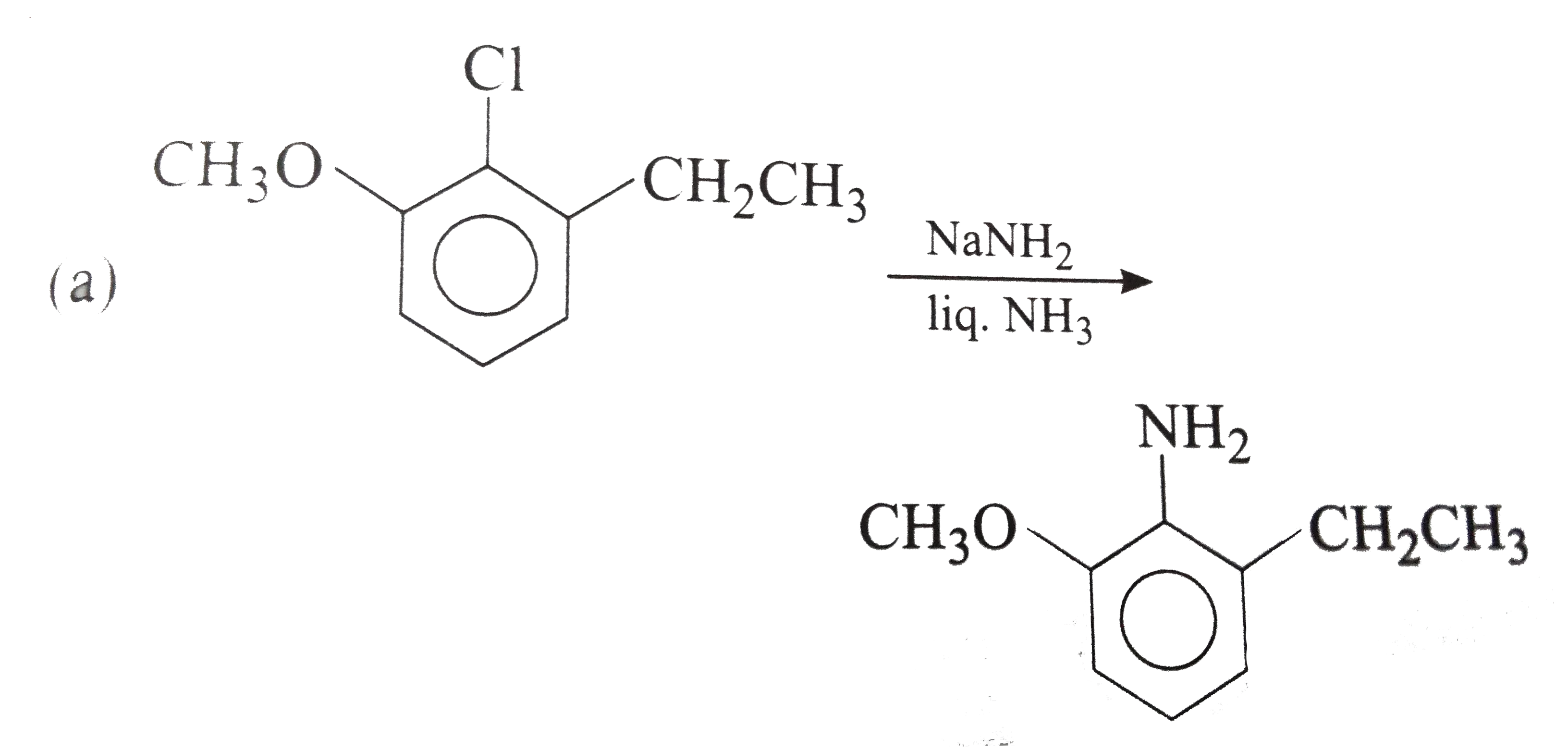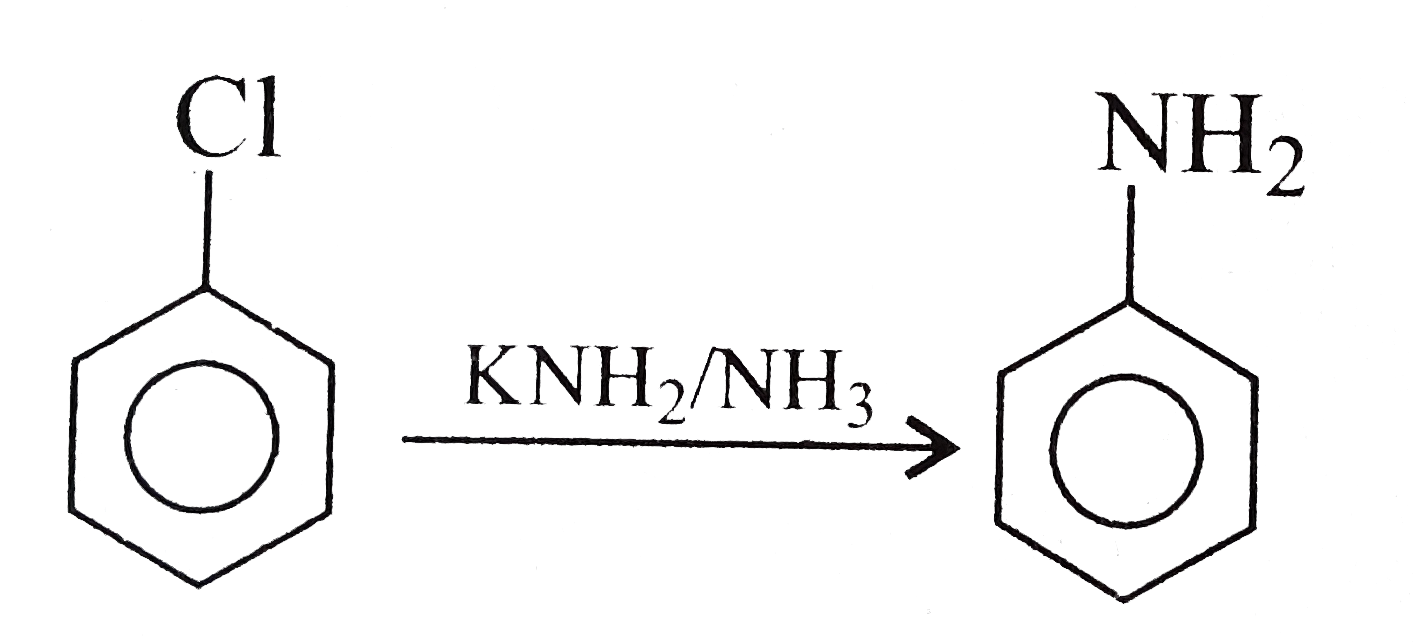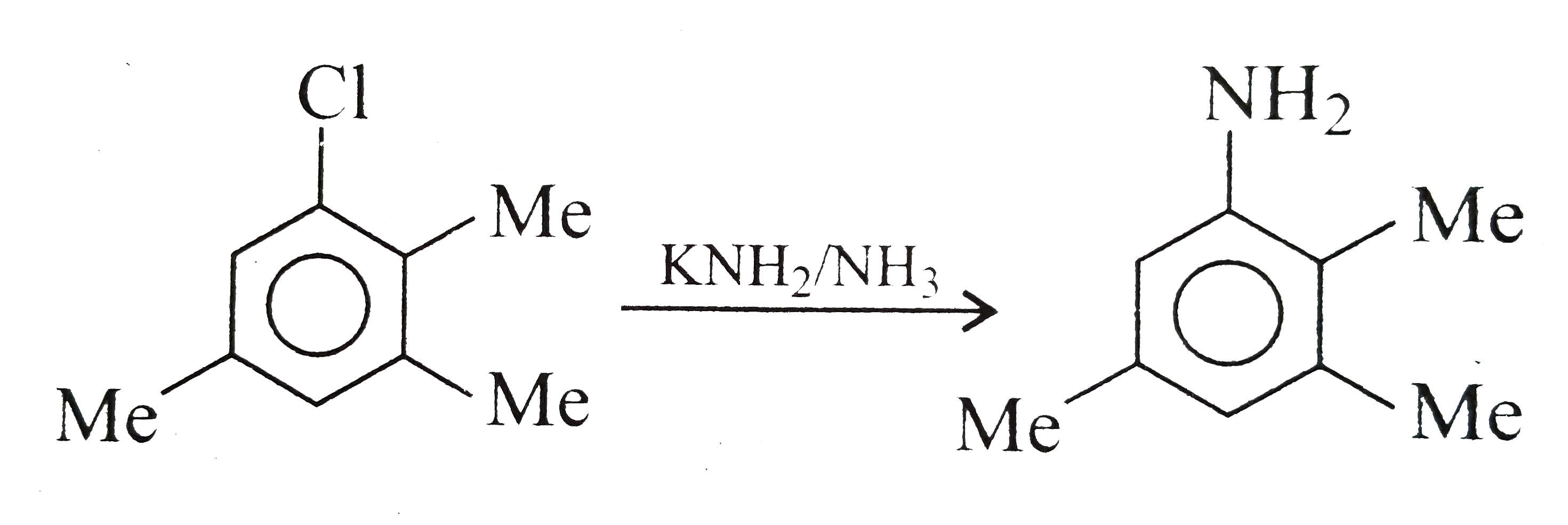Which of the following reaction is feasible?
Ba(s)+K2SO4(aq)→BaSO4(aq)+2K(s)
Zn(s)+2AgNO3(aq)→Zn(NO3)(aq)+2Ag(s)
Mg(s)+Na2SO4(aq)→MgSO4(aq)+2Na(s)
Cu(s)+MgSO4(aq)→CuSO4(aq)+Mg(s)
The correct Answer is:B
To determine which of the given reactions is feasible, we need to analyze the oxidation and reduction potentials of the involved species. Here’s a step-by-step solution:
Step 1: Identify the oxidation and reduction processes in each reaction.
- For each reaction, determine which species is being oxidized (losing electrons) and which is being reduced (gaining electrons).
Step 2: Gather standard reduction potentials.
- Look up the standard reduction potentials (E°) for the involved species from the electrochemical series. This will help us understand the tendency of each species to undergo oxidation or reduction.
Step 3: Calculate the oxidation potentials.
- The oxidation potential can be calculated by reversing the sign of the reduction potential. For example, if the reduction potential of a species is -0.76 V, its oxidation potential will be +0.76 V.
Step 4: Compare the potentials.
- Compare the oxidation potential of the oxidizing agent with the reduction potential of the reducing agent. A reaction is feasible if the reduction potential of the species being reduced is greater than the oxidation potential of the species being oxidized.
Step 5: Analyze each option.
1. Option 1: Barium and Potassium
- Barium (Ba) is oxidized from 0 to +2, and Potassium (K) is reduced from +1 to 0.
- E° for Ba: -2.90 V (oxidation potential +2.90 V)
- E° for K: -2.93 V (oxidation potential +2.93 V)
- Since K has a higher oxidation potential than Ba, this reaction is not feasible.
2. Option 2: Zinc and Silver
- Zinc (Zn) is oxidized from 0 to +2, and Silver (Ag) is reduced from +1 to 0.
- E° for Zn: -0.76 V (oxidation potential +0.76 V)
- E° for Ag: +0.80 V (reduction potential)
- Since Ag has a higher reduction potential than Zn's oxidation potential, this reaction is feasible.
3. Option 3: Magnesium and Sodium
- Magnesium (Mg) is oxidized from 0 to +2, and Sodium (Na) is reduced from +1 to 0.
- E° for Mg: -2.37 V (oxidation potential +2.37 V)
- E° for Na: -2.71 V (oxidation potential +2.71 V)
- Since Mg has a higher oxidation potential than Na, this reaction is not feasible.
4. Option 4: Copper and Magnesium
- Copper (Cu) is oxidized from 0 to +2, and Magnesium (Mg) is reduced from 0 to +2.
- E° for Cu: +0.34 V (reduction potential)
- E° for Mg: -2.37 V (oxidation potential +2.37 V)
- Since Cu has a higher reduction potential than Mg's oxidation potential, this reaction is feasible.
Conclusion:
The feasible reaction is the one involving Zinc and Silver.
---
- For each reaction, determine which species is being oxidized (losing electrons) and which is being reduced (gaining electrons).
- Look up the standard reduction potentials (E°) for the involved species from the electrochemical series. This will help us understand the tendency of each species to undergo oxidation or reduction.
- The oxidation potential can be calculated by reversing the sign of the reduction potential. For example, if the reduction potential of a species is -0.76 V, its oxidation potential will be +0.76 V.
- Compare the oxidation potential of the oxidizing agent with the reduction potential of the reducing agent. A reaction is feasible if the reduction potential of the species being reduced is greater than the oxidation potential of the species being oxidized.
1. Option 1: Barium and Potassium
- Barium (Ba) is oxidized from 0 to +2, and Potassium (K) is reduced from +1 to 0.
- E° for Ba: -2.90 V (oxidation potential +2.90 V)
- E° for K: -2.93 V (oxidation potential +2.93 V)
- Since K has a higher oxidation potential than Ba, this reaction is not feasible.
- Zinc (Zn) is oxidized from 0 to +2, and Silver (Ag) is reduced from +1 to 0.
- E° for Zn: -0.76 V (oxidation potential +0.76 V)
- E° for Ag: +0.80 V (reduction potential)
- Since Ag has a higher reduction potential than Zn's oxidation potential, this reaction is feasible.
- Magnesium (Mg) is oxidized from 0 to +2, and Sodium (Na) is reduced from +1 to 0.
- E° for Mg: -2.37 V (oxidation potential +2.37 V)
- E° for Na: -2.71 V (oxidation potential +2.71 V)
- Since Mg has a higher oxidation potential than Na, this reaction is not feasible.
- Copper (Cu) is oxidized from 0 to +2, and Magnesium (Mg) is reduced from 0 to +2.
- E° for Cu: +0.34 V (reduction potential)
- E° for Mg: -2.37 V (oxidation potential +2.37 V)
- Since Cu has a higher reduction potential than Mg's oxidation potential, this reaction is feasible.
The feasible reaction is the one involving Zinc and Silver.
Topper's Solved these Questions
Similar Questions
Knowledge Check
Which of the following reactions is feasible?
A B
B C
C D
D
Which of the following reactions is feasible for the preparation of 1-propoxy-2-methyl propane (I) ?
AWilliamosn's synthesis of (Me2CHCH2ONa+MeCH2CH2CI).BWilliamson's synthesis of (Me2CHCH2CI+MeCH2CH2ONa).CAlkoxy mercuration-demercration of (Me2CH=CH2+MeCH2CH2OH).DAlkoxy mercuration demercuration of propene with Me2CHCH2OH.Which of the following reactions are feasible ?
A B
B C
C D
D
Which of the following reaction is not feasible.
View SolutionWhich of the following reaction is not feasible
View SolutionWhich of the following reaction is not feasible?
View SolutionWhich of the following reactions is/are feasible?
View SolutionWhich of the following reactions is not feasible?
View Solution
